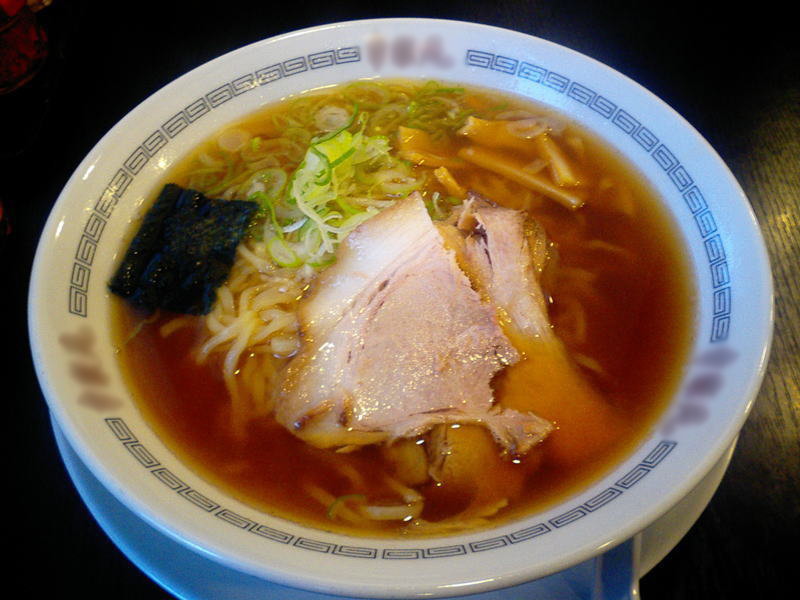At first glance, ramen is an original Japanese dish that only looks like noodles, but this consumption dish contains not only pasta, but many other nutrients and ingredients, so everything in the dish Today I will tell you about ramen.
If you don’t already know Fitenium is a free, mobile, video-based social network for athletes who train strength or bodyweight exercises. At Fitenium users can follow their performance, compete and get discounts in nutrition and sports equipment stores. Download it here.
What is ramen?
Although each region of Japan has its own recipe for ramen, the basic preparation consists of different types of Japanese noodles served in a commonly prepared broth made from meat, miso, and soy sauce, as well as various garnishes such as sliced pork, seaweed, menma and spring onion
The soup can use chicken, shrimp, vegetables, various spices and other ingredients. The noodles are always referred to as our noodles, and a major part of ramen is soy sauce, a sauce made from miso. , Sake, mirin, etc.
At home, buying a container that is made in the microwave or boiling water in 5 minutes, or buying a container that is ready to buy by boat at another store, or going to the Japanese restaurant that is making it, you can consume ramen.
Not just ramen noodles
It is very important to distinguish between the ramen that is served at home or in an Instant Pot and the ramen that is served in a large Japanese restaurant. In the latter, the garnishes can include a variety of vegetables and fish that enhance the nutritional value of the dish.
Instant ramen is quicker to prepare, but it is low in fiber, offers complex carbohydrates and minimal protein, and is also a source of large amounts of sodium.
With almost 1 gram of sodium per serving, ramen is clearly over-salted and not recommended if trying to adhere to the WHO recommendations of not exceeding 2.5 grams of sodium or 5 grams of salt per day.
On the other hand, many of the essential ingredients, the sauce, are not only products rich in sodium, but also those that contain sodium glutamate, which stimulates the appetite and can cause risks if taken in excess.
In this sense, both instant ramen and ramen consumed in restaurants are negative. This is because the composition contains an excess of sodium and sodium glutamate. It is free of vitamins, minerals, fiber and water that are not found in ultra-processed instant soups.
In the same way, it is not the dish that we should abuse, and it is always better to choose restaurant ramen instead of instant soup to eat “on the go” or to solve dinner at home.





